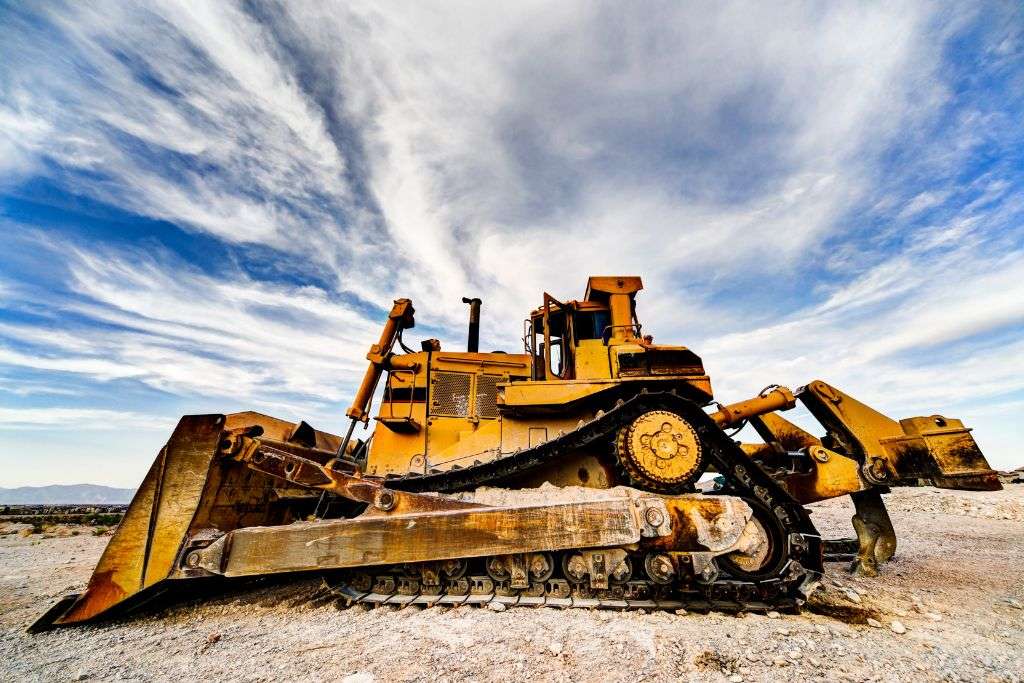
Jan 26,2024
Acquiring heavy machinery is often unavoidable in construction and industrial ventures. If you use it regularly, investing in a particular piece of machinery could result in sizeable long-term cost savings.
Your choices in this area can have far-reaching effects on your projects, costs, and overall success. In this blog, we'll explore data-backed insights and statistics to guide you on the best way to purchase heavy equipment, whether earthmoving machines, industrial vehicles, or heavy-duty equipment.
Before discussing the nitty-gritty of purchasing heavy machinery, it's crucial to grasp the industry's broader landscape. Heavy machinery encompasses a wide range of equipment used in construction, mining, agriculture, and various other industries.
The expense associated with this equipment typically varies significantly, from thousands to millions of dollars, contingent on the type and dimensions of the apparatus.
Buying or renting heavy machinery is one of the first decisions you must make. While renting might seem a cost-effective option initially, data suggests that purchasing can often be the wiser choice in the long run. Let's delve into some statistics to support this claim:
According to industry reports, the rental cost for heavy machinery can add up to 60-70% of the equipment's purchase price over a year. This implies that investing in a particular piece of machinery if you use it regularly could result in sizeable long-term cost savings.
Another critical factor to consider is the tax benefits of owning heavy machinery. In many regions, businesses can deduct the depreciation of their equipment, resulting in substantial tax savings.
Purchasing also provides you with greater control and flexibility over your equipment. You won't have to worry about rental availability and can tailor the machinery to your needs.
Now that we've established the advantages of purchasing let's explore some essential considerations to ensure you make informed decisions:
Equipment Type: The first step is determining the heavy machinery you need. Is it construction equipment, earthmoving machines, or industrial vehicles? If you use a particular piece of machinery regularly, investing in it could result in sizeable long-term cost savings.
New vs. Used: Statistics indicate that used heavy machinery can cost significantly less than new equipment. However, it's crucial to carefully inspect used machinery to ensure it's in good condition and won't result in higher maintenance costs.
TCO includes the purchase price, operational costs, maintenance, and potential downtime. Analyzing the TCO over the equipment's expected lifespan is essential for accurate budgeting.
Financing Options: Explore financing options, including loans, leases, and equipment financing programs. These options help you manage cash flow while acquiring the necessary machinery.
Consider the potential resale value of the equipment. Some brands and models retain their value better than others, reducing your long-term cost of ownership.
Warranty and Support: Data shows that reliable after-sales support and warranties can significantly reduce downtime and maintenance costs. Choose reputable manufacturers or dealers that offer robust support.
Choosing the right dealer or supplier is as essential as selecting the right equipment. Data indicates that your dealer usually has a pivotal impact on your experience and the overall success of your heavy machinery investment:
Look for dealers with a solid reputation for quality and customer service. Online reviews and testimonials provide valuable insights.
Evaluate their range of available heavy machinery and whether it meets your needs.
Assess the dealer's proximity to your location. A local dealer can often provide faster service and support.
The heavy machinery industry has recently seen a surge in technological advancements. These innovations improve performance, enhance efficiency, and reduce environmental impact. Here are some statistics highlighting the effects of technology on heavy machinery:
Investing in heavy machinery, whether for construction, earthmoving, or industrial purposes, is a significant decision with long-lasting implications for your business.
Data, insights, and statistics strongly suggest that purchasing heavy equipment can be smart, provided you carefully consider factors like equipment type, new vs. used, TCO, financing options, resale value, and dealer reputation.